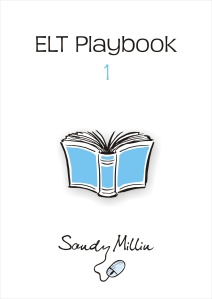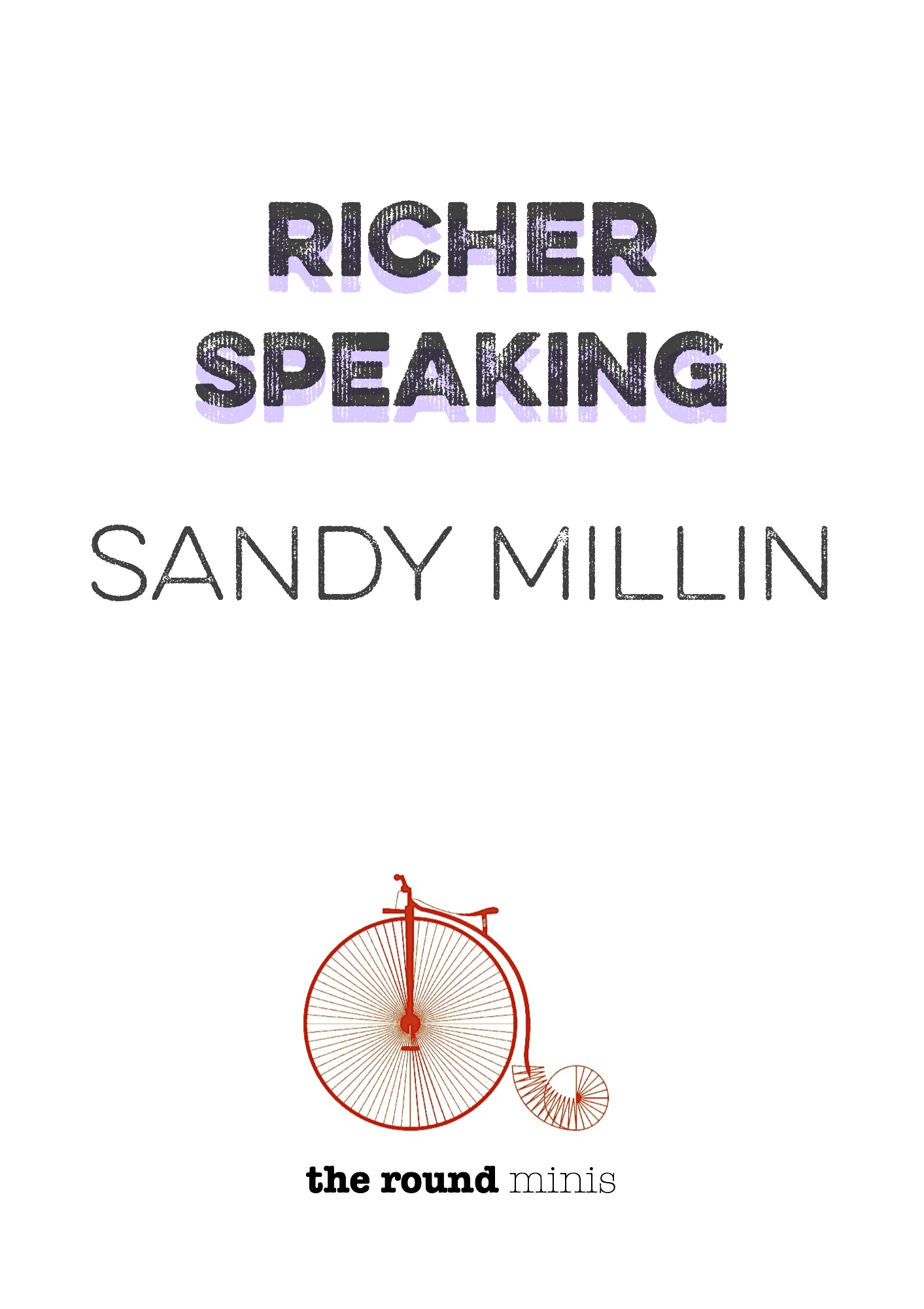Inspired by Mike Harrison and Emma Herrod, what would you do with this post-it note (and its friends!) in your class?
You can make any assumptions you like about the context it is used in. Please post your ideas in the comments below, including links to any posts you might have written with relevant ideas in them.
Click here to find out the idea behind this blog.

















Comments on: "Post-it notes" (18)
Anagrams – write one letter on each Post-It, stick them on the board and have the students rearrange them into as many different words as possible.
Descriptive adjectives – put pictures of various people, animals, objects etc on display. Students write adjectives/brief descriptions on Post-Its and stick them around the relevant picture.
If you have different types of adjectives (colour, material, size, opinion…) you could also work on order of adjectives. Combine with Netspeak to check some ideas like this:
http://www.netspeak.org/#query=big+blue+%253F
Be careful if you put in ‘big ?’ – the first two refer to part of a lady’s anatomy! LOL
I do this with paper and sticky-tack – but I like to write sentences on the board, and then give my students pictures, words, definitions, and parts of speech. The last three could all be written on sticky notes, and then have them rearrange them so that they have their own visual dictionary. You’d probably need bigger sticky-notes for this though!
I might also have a labeling activity, or a names on the back activity. I’m excited to see more ideas, because I’m sure there are tons of uses for sticky-notes!!
[…] (Almost) Infinite ELT Ideas’ Post-it Notes: Another challenge on this wordpress site! Every week (or maybe twice a week) Sandy shares a […]
I love this series of posts, Sandy. And thanks for the 2 references, too.
I’d play the rizla game, a classic pub game. (Each person gets the name of a famous person on their forehead and has to discover their identity by asking the others yes/no questions.)
1) 20 questions activity: put names, objects, other vocabulary on the post-it and stick it to students so they can’t see it. Those students ask questions to others in order to determine what’s on the post-it.
2) Treasure hunt – Students write descriptions on the post-it about where to look next. Place post-it around the class and/or school so that when students read the instructions on the post-it, it takes them to where the next post-it is, ultimately ending at some treasure.
For beginners: Write the names of newly learnt objects in the class and get sts to label them correctly. Do this a couple of times. Remove them and see if they can remember the new words and spell them. They make good flashcards for the new vocab.
Students label as many things in the classroom as they can (inlcude related adjectives,verbs,anything else that comes to mind).Then they can learn new vocab from each other.
Write students’ errors and examples of good language on post-its, stick them up around the class, students circulate and comment/correct. Great site!
One I just came across today and have adapted in my thoughts:
Make a face wall in your classroom. Start each class by having ss write their status on a post-it and attach it to their space on the wall (which is demarcated by a photo of them). Can be used for discussion (which do you like the most? which is the most surprising? why do you think/feel xyz? who else thinks/feels xyz?), emergent language (from the notes and from discussions) can also be noted and delved into subsequently.
If you don’t have your own classroom, each student could have an A2 or A3 piece of paper with their photo attached, which would serve the same purpose and could be displayed (Each ss pins his or her paper up at the start of the class and attaches a post it note) and taken down as required.
If you are doing a book with ss, you could make a giant poster in the shape of one of the characters (e.g. a cat for Martin’s Mice by D K Smith) and then, if you set a page to read for h/w, you could start the class by getting ss to each write on a post-it the question they would most like answered and stick them all on the poster. Then put the ss in groups of say 3 and tell them one of the questions and each group must come up with an answer in So they are questioning and discussing what they have read.
Or, instead of questions, have them write one sentence that encapsulates their emotional response to the book and then as above but have the groups come up with a reason for the responses.
Or it could be predictions about what will happen next in the story, done before the end of the class for the pages set for homework reading. Then start the next class by seeing which post-its are closest to the truth and which furthest away. Also which ss think would have been better than what actually happened in the book. Or which are funniest?
The above ideas could also be used not with books, with different texts. Just a different approach to reader response and discussion, I suppose?
Visual representations of new words and expressions. Ask students to choose (freely, or from a list you have prepared) a piece of vocabulary or an expression that you have studied recently. They have to create a visual representation of this on the post-it note. Stick all the post-its where everyone can see (or pass them round) and have the others guess the word/expression represented. See my blog for more ideas with post-it notes.
Hi Cat,
Thanks for the idea. For others, here is the link to Cat’s ideas http://escocesainmadrid.blogspot.com/2011/05/using-post-it-notes-in-classroom.html
Sandy
I use post-it notes to make the longest sentence (from the book “5-Minute Activities” by Penn Ur and Andrew Wright: a write for example “a girl” one word on one post-it and then the students try to make the sentence as long as possible (and sensible) 🙂 adding one word at a time (on one post-it) – in this way they can put words in any place without rubbing anything.
Via @cgoodey on Twitter: use post-it notes to plan writing http://www.bbc.co.uk/skillswise/words/writing/planningyourwriting/factsheet9.shtml
Hi Sandy,
I’ve just stumbled across your blog after reading your guest post on Ceri’s page. What a great site 🙂
I would cover an image with post-its and write a number on each one. Students are in two teams and they have to answer a question to remove the post-it and guess what the image is.
[…] post-it notes? […]
[…] Post-it notes […]
I love to do silent post-it chats: http://mrschenk.wordpress.com/2012/01/04/silent-post-it-chats/